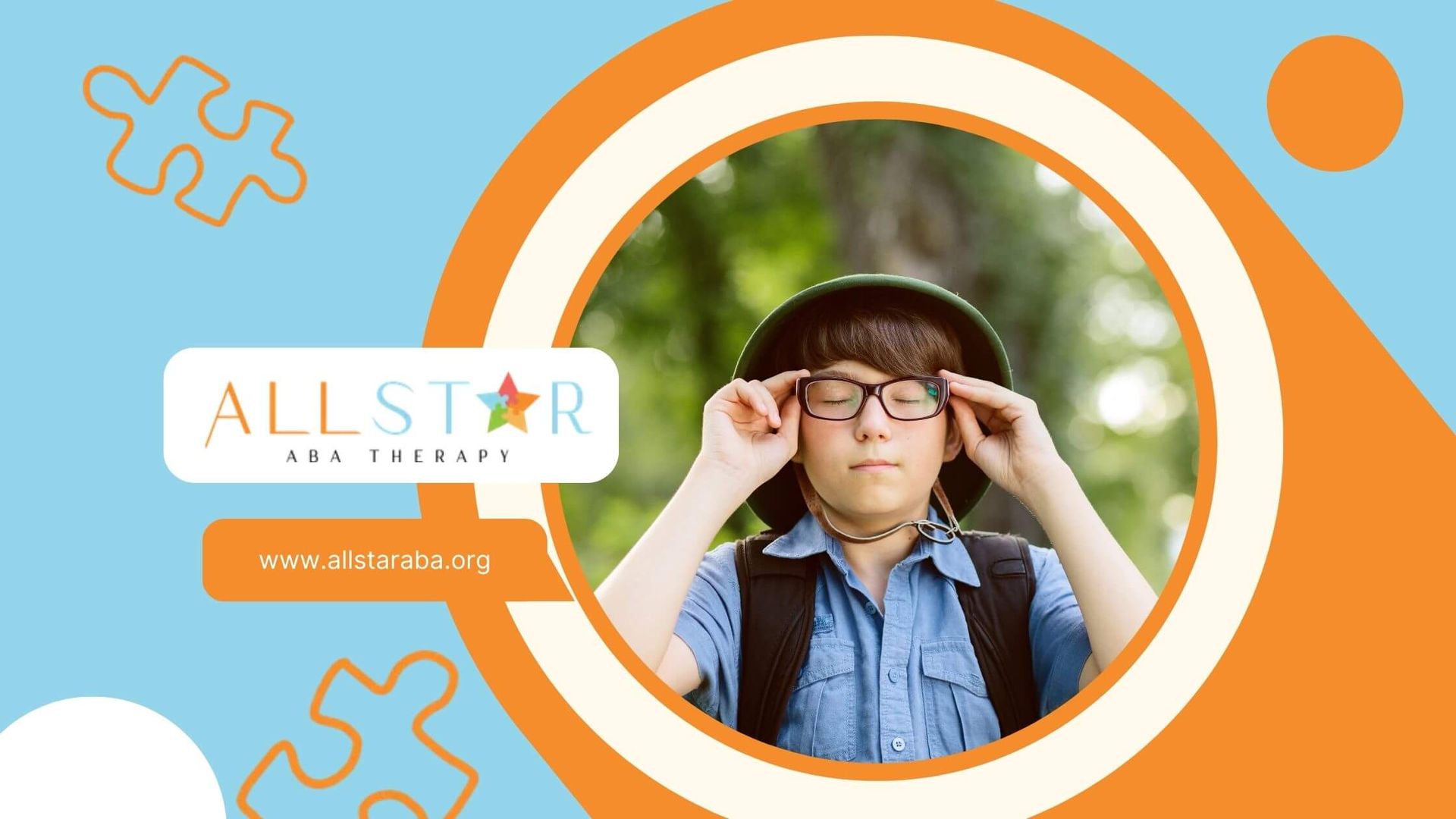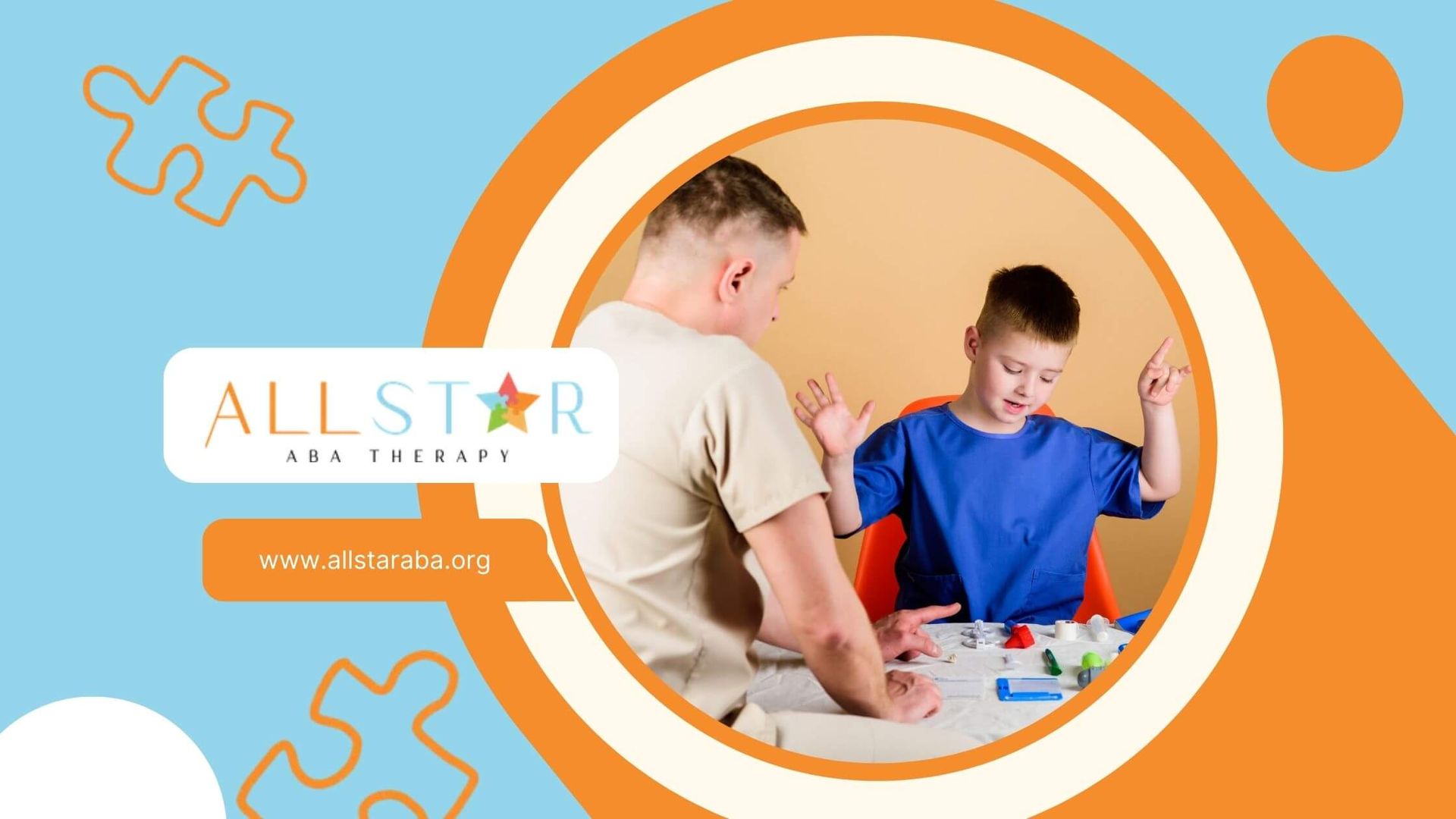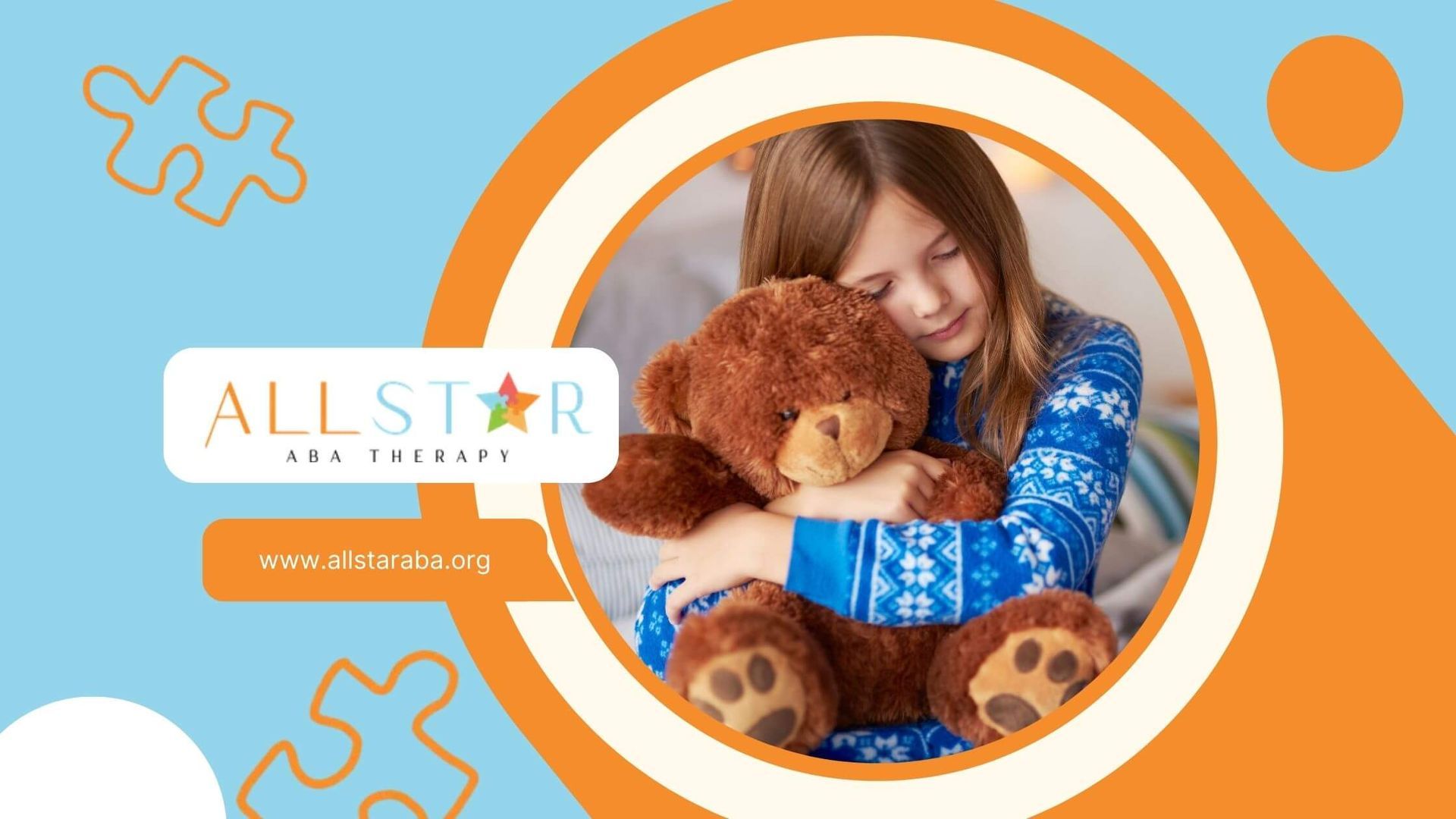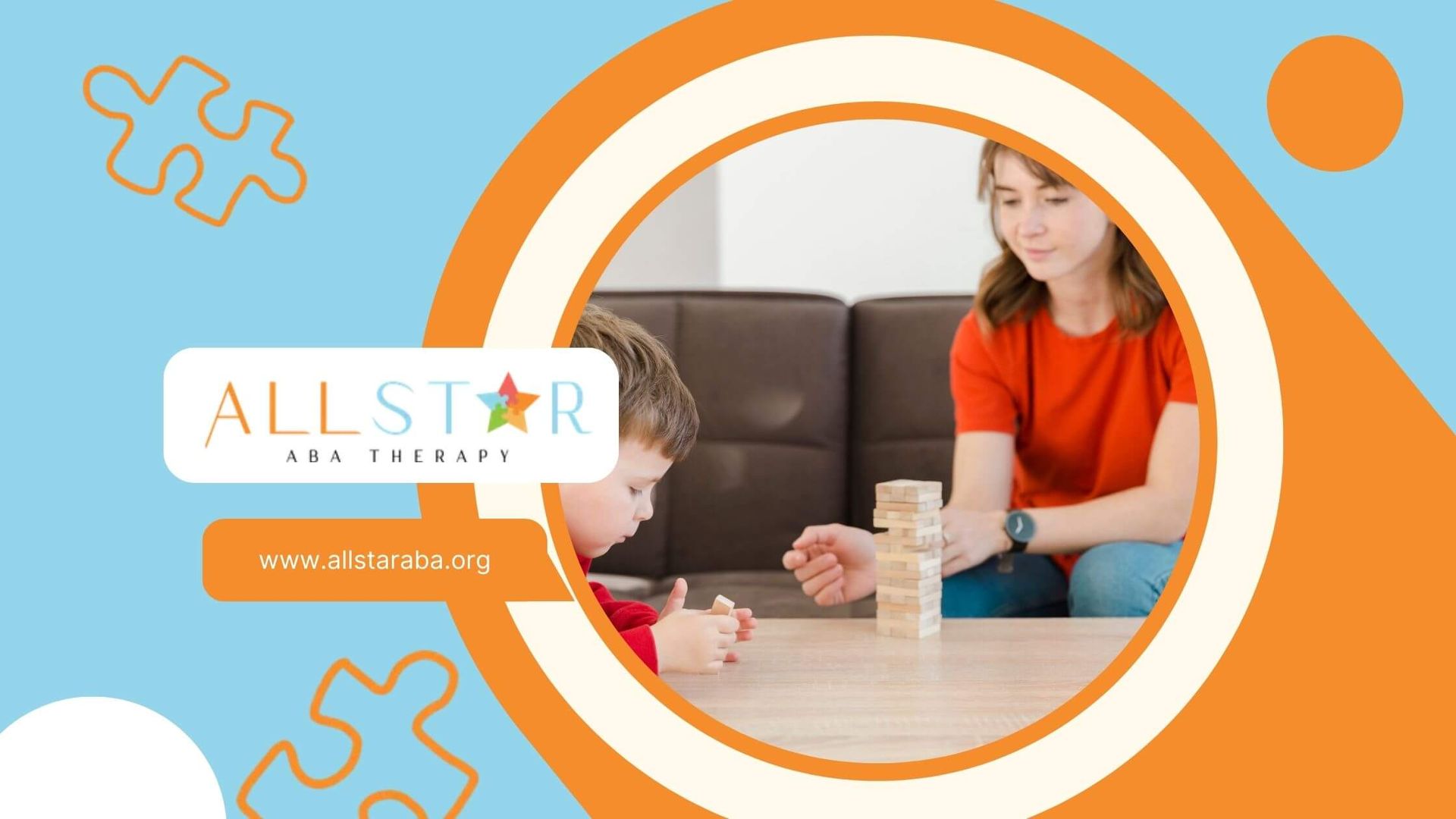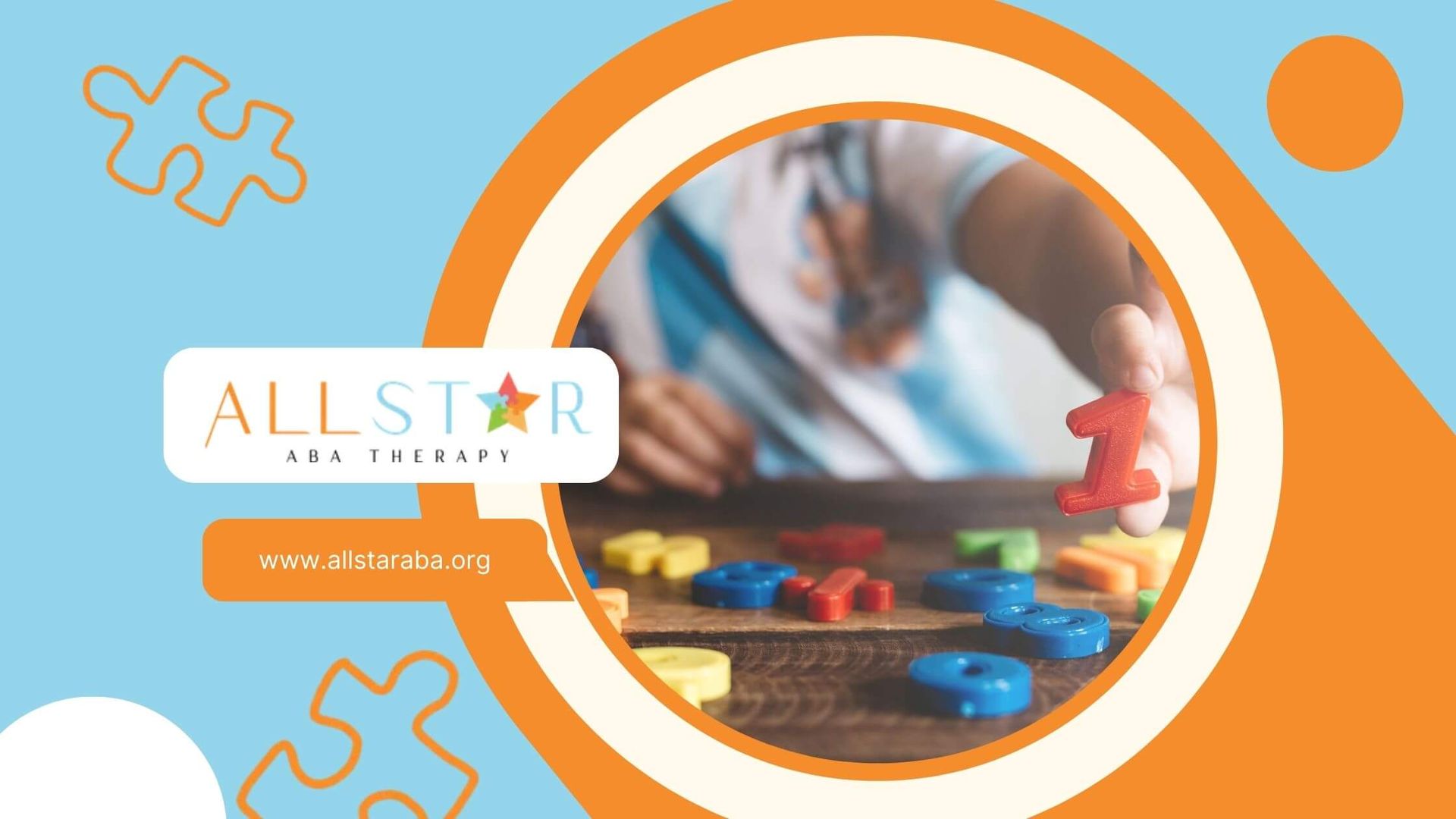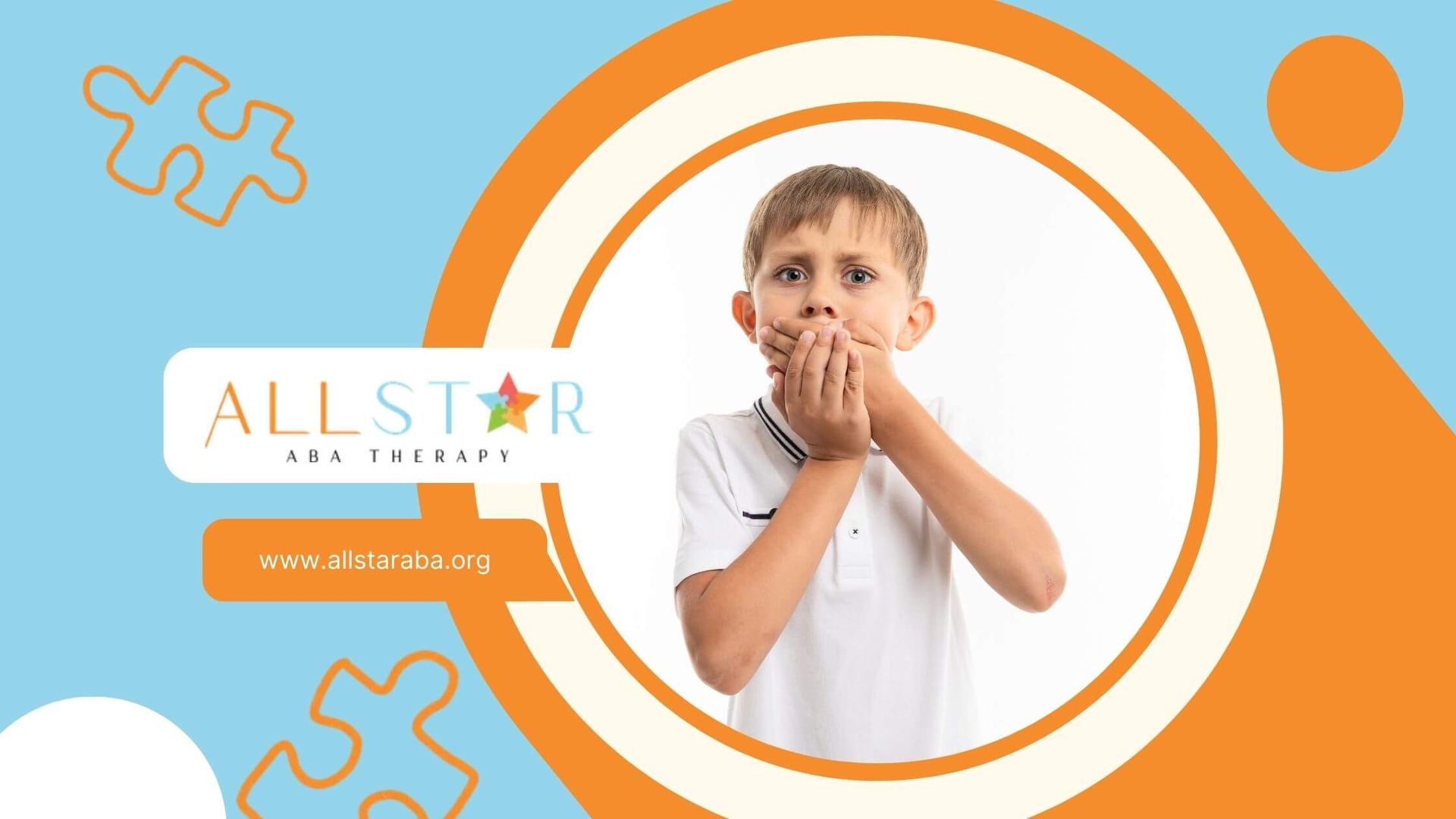New Paragraph
How High Intelligence in Autism Spectrum Shapes Learning Styles
Many individuals on the autism spectrum exhibit remarkable intelligence, a trait that often reshapes how they learn and interact with the world. The term autism spectrum high intelligence describes those who meet diagnostic criteria for ASD while scoring exceptionally on IQ tests. Recognizing this profile helps educators, therapists, and families tailor support strategies that tap into both strengths and areas needing extra scaffolding.
Research suggests that over half of people meeting broad criteria for autism have average or higher IQ scores. In one study of 890 individuals, 59% scored in the average or above range. Even under narrow definitions, more than half demonstrated strong cognitive skills. Understanding prevalence sets the stage for exploring how these learners thrive and where they face hurdles.
This article examines how high intelligence on the autism spectrum shapes learning styles. It covers defining characteristics, cognitive assets, common challenges, and practical classroom adaptations. Evidence-based interventions and genetic insights also figure into the discussion. Readers will gain clear guidance on crafting inclusive educational plans that honor both talent and need.
By the end, educators and families will appreciate how to build on analytical strengths, address social and sensory barriers, and monitor progress effectively. The goal is simple, yet vital: empower each learner on the spectrum to reach their fullest potential.
Understanding High IQ Autism
Defining High IQ Autism
High IQ autism refers to individuals who score above 130 on standardized intelligence tests while exhibiting core ASD traits. These traits include social communication difficulties, restricted interests, and sensory sensitivities. Despite advanced reasoning skills, many still struggle with interpreting nonverbal cues or managing sensory overload. Clarity on this definition helps professionals avoid assumptions based solely on cognitive aptitude.
Prevalence And Demographics
Studies indicate that a substantial portion of autistic individuals have strong intellectual profiles. Of 453 people meeting strict ASD criteria, 51% achieved average or higher IQs. In a subset with clinical diagnoses, 43% ranked in that range. Males appear more likely than females to present this pattern, though research on gender differences continues to evolve.
Exploring Genetic Links
Polygenic Correlations
Recent genetic research uncovers positive associations between autism risk alleles and measures of intelligence. Large-scale analyses show that variants linked to ASD often overlap with those tied to high IQ, childhood cognitive scores, and educational attainment in neurotypical samples. These findings suggest that autism etiology may involve enhanced but imbalanced components of intelligence.
Brain Phenotypes
Neuroimaging studies highlight phenotypic correlates of elevated IQ in autism. Increased brain size, thicker cortex, and larger hippocampal volume often accompany high-functioning ASD profiles. Enhanced local connectivity and hyperplastic synapses can fuel advanced problem solving, though long-range network imbalances may underlie social-communication challenges.
Examining Cognitive Strengths
Memory And Detail Orientation
Exceptional memory is a hallmark for many with high IQ autism. They often recall facts, dates, or procedural steps with precision. This talent can accelerate learning in academic subjects but may also lead to rigid thinking if not channeled flexibly. Encouraging varied problem-solving approaches helps leverage memory without stifling creative leaps.
Problem Solving And Creativity
Advanced reasoning and pattern recognition fuel innovative solutions. Many thrive in STEM (science, technology, engineering, and math) fields or excel in music and art. Their cognitive style often emphasizes logic and systematic analysis. Educators can nurture these abilities through open-ended projects and real-world challenges that invite applied experimentation.
Identifying Learning Challenges
Social Communication Hurdles
High intelligence does not guarantee ease in social contexts. Interpreting tone, navigating small talk, and understanding figurative language often remain challenging. These hurdles can impact group work or peer relationships. Structured social skills training can bridge gaps without undermining intellectual growth.
Sensory Processing Issues
Heightened sensitivities to light, sound, or touch may overwhelm even the brightest learners. A math whiz might struggle in a fluorescent-lit classroom or freeze when loud noise erupts. Recognizing sensory triggers is key to preventing shutdowns and maintaining engagement.
Executive Functioning Gaps
Planning, task initiation, and shifting attention can lag behind intellectual capacity. A student may solve complex equations yet forget to write down homework assignments. Breaking tasks into clear, sequential steps and using visual reminders supports smooth transitions.
Adapting Learning Environments
Sensory-Friendly Classrooms
Creating spaces that minimize overstimulation can improve focus and comfort. Strategies include:
- 💡Dimming harsh lights and offering natural lighting options
- 🎧Providing noise-reduction headphones or quiet corners
- 🌀Allowing movement breaks or fidget tools
These adjustments let learners with sensory sensitivities engage fully without distraction.
Visual Supports And Structure
Visual schedules, color-coded materials, and clear desk boundaries help guide attention. The TEACCH approach emphasizes consistent visual cues to reinforce routines and classroom rules. Such tools reduce anxiety around unexpected changes and support independent task completion.
Flexible Schedules
Rigid timetables can heighten stress when transitions occur. Offering flexible start times, choice boards, or short intermissions enables regulation. A predictable yet adaptable framework fosters confidence and reduces resistance to new challenges.
Applying Educational Strategies
Evidence-Based Interventions
Several proven approaches address both skill deficits and intellectual growth. Among these are:
Applied Behavior Analysis
ABA uses reinforcement and measured data to encourage target behaviors and reduce obstacles. Practitioners track progress in communication, social skills, and academics over time.. High-functioning learners often benefit from tailored goal-setting that capitalizes on analytical strengths.
Early Start Denver Model
ESDM blends ABA principles into play-based routines for young children. It promotes language, social reciprocity, and cognitive flexibility between ages 1 and 4. Even gifted toddlers gain from engaging, natural-setting interactions that build foundational skills.
Social Skills Training
Rigorous studies demonstrate that structured social skills programs yield improvements across age groups. From preschoolers to adults, participants learn to interpret nonverbal cues, initiate conversations, and form friendships. Role-playing and video modeling foster generalization to real-life settings.
Augmentative Communication
Tools like the Picture Exchange Communication System (PECS) support request-making and vocabulary building. While evidence on advancing spoken language is still emerging, augmentative approaches offer vital bridges for those needing alternative expression methods.
Monitoring Progress And Outcomes
Assessments And Tools
Regular evaluation ensures that supports remain aligned with each learner’s profile. Common measures include:
- Standardized IQ and adaptive behavior scales
- Curriculum-based assessments
- Teacher and therapist rating forms
These instruments guide goal adjustments and track gains over time.
Collaborating With Families
Families offer invaluable insights into daily successes and struggles. Open communication between home and school fosters consistency. Professional development that includes autism-specific strategies leads to more positive teacher attitudes and stronger inclusive practices.
Teacher Training And Peer Support
Peer involvement can enhance acceptance and social belonging. Schools that engage classmates as mentors or buddies often see improved social integration. Simultaneously, ongoing teacher workshops on sensory-friendly methods and cognitive diversity bolster confidence in addressing complex learning needs.
Revising Plans
As learners grow, their needs shift. Teams should revisit Individualized Education Programs (IEPs) or 504 plans at least annually. Data-driven decision making ensures interventions stay relevant and continue to harness intellectual potential.
Conclusion
Many people with autism spectrum disorder have high intelligence, combining remarkable strengths with distinct learning preferences. By defining their profile, exploring genetic and neural foundations, and examining both assets and hurdles, educators and families can craft environments that maximize success. Evidence-based interventions and thoughtful monitoring build on memory, creativity, and analytical skills while easing social and sensory challenges.
Moving forward means blending structure with flexibility, using visual tools and sensory supports alongside advanced problem-solving tasks. Regular collaboration among therapists, teachers, and parents keeps strategies fresh and outcomes positive. With tailored approaches in place, individuals on the high-intelligence end of the spectrum can truly flourish.
At All Star ABA, we recognize that many individuals on the autism spectrum combine remarkable intelligence with unique learning preferences. Our ABA therapy programs in Maryland are designed to build on each child’s strengths, whether in memory, problem-solving, or creativity, while addressing social, behavioral, and sensory challenges. By partnering with families, schools, and educators, we create individualized ABA therapy plans that encourage independence, resilience, and long-term success.
Contact us today to learn how our team can support your child’s growth by turning potential into lasting achievement.
Frequently Asked Questions
Can a child with autism have high intelligence?
Yes. Many individuals with autism have average to above-average intelligence and may excel in areas like memory, mathematics, creativity, or analytical thinking, though they may still face social or sensory challenges.
How can ABA therapy support children with high intelligence and autism?
ABA therapy focuses on strengthening social, emotional, and adaptive skills while nurturing a child’s natural talents, ensuring their abilities are supported in everyday life.
What strategies help highly intelligent autistic children thrive?
Effective strategies include visual supports, structured routines, sensory accommodations, and advanced problem-solving activities, all tailored to individual learning styles and strengths.
SOURCES:
https://autism.org/average-or-high-iq-in-individuals-with-asd-may-be-higher-than-previously-estimated/
https://www.ncbi.nlm.nih.gov/pmc/articles/PMC4927579/
https://www.cdc.gov/autism/treatment/index.html
https://pmc.ncbi.nlm.nih.gov/articles/PMC10774556/
https://pmc.ncbi.nlm.nih.gov/articles/PMC9620685/
Need Support?
We're Here to Help!
Our experienced team is ready to assist you. Reach out today to discuss how we can support your child's development and well-being.
Get started with expert ABA therapy today.



